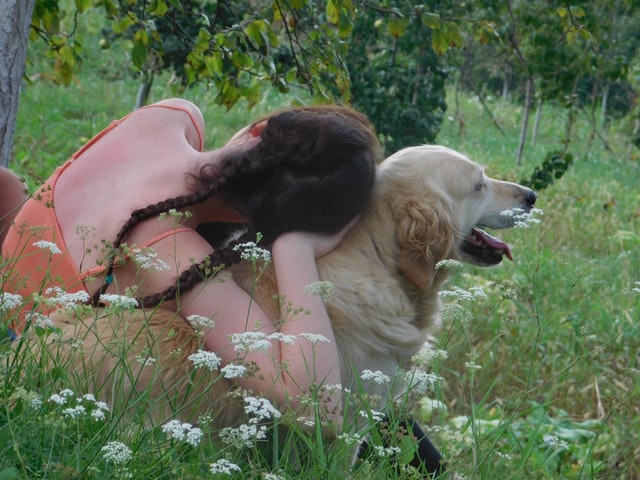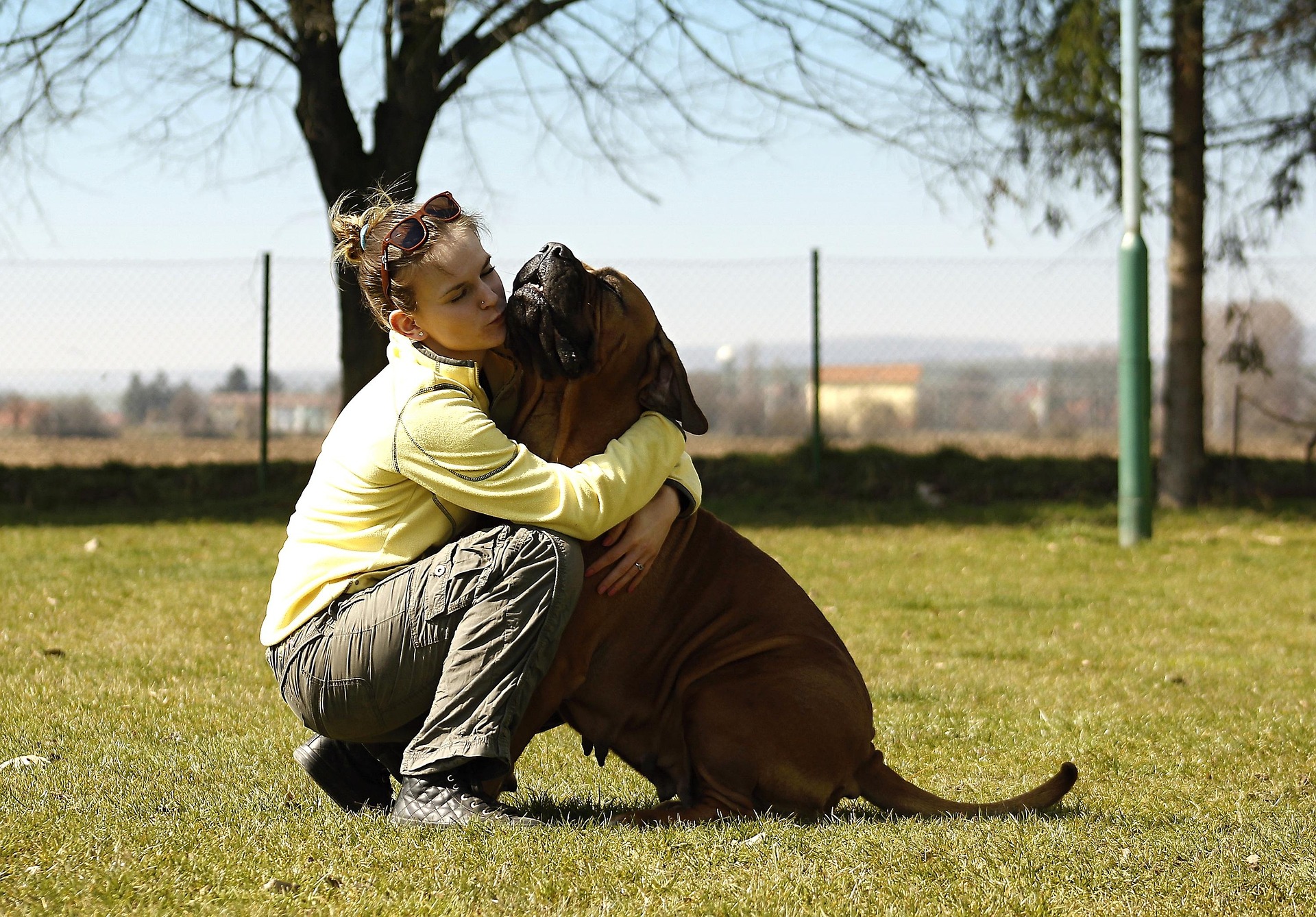Warmer weather brings lots of new critters out and about. And while we love spending time in the sun with our furry friends, there’s still something to be on the lookout for: bees, wasps, and hornets. As you know, there’s little a dog loves more than chasing around after smaller creatures and sticking their nose where it might not belong. Sometimes this behaviour can wind up getting your dog in trouble, especially in the peak of the summer, when wasps, bees, and hornets are out in force.
Although a sting is one of the less serious injuries you and your dog need to worry about, there’s no doubt that they hurt, and lots of stings in the wrong place could even present a more serious injury. Knowing about the different types of stinging insects, as well as the best ways to treat those stings, can save your dog (and you) a lot of agony down the line.
Stinging insects to watch out for
There are a few insects that carry stingers and toxins – and there may be others specific to your area. However, in most places, you’re likely to run into the same three types of flying, stinging insects:
Bees
Bees are characterized by their fuzzy coat and larger abdomen. When a bee uses its stinger, it can be quite painful, but it will also kill the bee. Bee stingers are barbed, which means it becomes lodged in the skin, and can continue to channel toxins into the bloodstream until it’s removed.
Although a bee sting is quite painful, it’s relatively rare to see a bee use its stinger. Since they can only use it once, bees will usually only sting if they feel threatened. If your dog sticks their nose into a flower patch that a bee happens to be pollinating, for instance, it may be intimidating enough for a bee to sting.
Wasps
Wasps are typically slimmer and sleeker than a bumble or honey bee, and fly through the air much quicker than their lumbering bee cousins. They have a smooth, hairless, almost shiny coat that is usually black and yellow (these wasps in particular are commonly known as yellowjackets). There are dozens of varieties of wasps all throughout the world, but their general description and behaviour is consistent across almost all of them.
Wasps are predators, and so tend to be more aggressive than bees, sometimes chasing after even the largest prey. If your dog winds up aggravating a wasp, or worse, disturbs a nest, there’s a good chance that the wasp will chase after the dog and go for a sting. This is because, unlike bees, a wasp is not killed by using their stinger, and can actually use it multiple times in a row. The upside of this is that wasp stingers normally do not lodge in the skin, as they’re not barbed.
Hornets
Hornets share a lot in common with wasps, with the major differences being in size and colour. Hornets are much larger, and can be identified by their hanging bodies as they fly around, and are usually marked with black and white rings, rather than black and yellow. Like a wasp, their stinger isn’t barbed, which means a hornet can deploy multiple painful stings in a row. Since hornets are even stronger predators than wasps thanks to their size, you may find them acting more aggressively, even towards a big dog.
Prevention tips for stings
The best way to get your dog relief from a sting is to prevent it completely. Of course, there’s no guarantee, especially when out in nature, but there are a few things you can keep in mind to improve your odds of a pain-free walk. For example, be aware of the types of locations your dog is likely to find stinging insects. In the daytime, flower patches or blooming bushes are likely to be full of pollinating bees, so try to keep your dog’s nose out of these areas.
Similarly, it’s a good idea to have an idea of where nests may be. While many bees, wasps, and hornets build hives in trees or other high areas, some wasps and yellowjackets actually build hives in the ground, usually with a small hole to access it. If you see your dog sniffing around a small hole in the dirt, proceed with caution, as they may be disturbing a hive.
Overall, the best method of preventing a sting on your dog is good training, and good on-leash control. It’s only natural for a dog to want to poke around and explore, but, sad as it may be, there are some spots that are best left un-sniffed.
Treatment for a sting
If your dog does wind up getting stung, it’s important to understand the severity of the sting in order to make the best decision. Like we said, stings usually occur after a dog pokes their nose somewhere it might not belong, which means that the majority of stings seen on dogs are on their face. Obviously, this is a painful area for anyone to be stung, so learn about treatment now to save your dog some suffering down the line.
If your dog has only suffered one sting, you should be alright with minimal treatment. Remove the barb if needed, using your nails or a piece of rigid paper. Avoid using tweezers or pliers, as these can actually force more of the toxin into the skin. When the barb is out, it’s probably a good idea to head home. Once back, you can prepare one of a few simple home remedies to give your dog some relief. There are two treatments that are most effective when your dog has been stung by a wasp:
- A weak solution of baking soda and water can be applied to the sting. The baking soda will help neutralize the toxin, and soothe the pain somewhat.
- For swelling, you can place an ice pack or cold compress around the area, which will reduce the inflammation more quickly
It is also important to monitor for any immediate swelling of the face, eyes, ears, neck, lips, and excessive itchiness following the sting. This may indicate an anaphylactic reaction that needs urgent veterinary care.
All the while, you should be keeping a watchful eye on your dog. Like humans, some dogs are allergic to the toxin from stinging insects. This allergy can result in swelling and increased pain, but in more serious cases, it could actually be fatal. After a sting, keep an eye out for the following signs of allergic reaction:
- Weakness or decreased energy
- Difficulty breathing
- Excessive swelling (that lasts more than 1-2 hours), especially if it’s not near the area of the sting
While a single sting is usually little more than an irritation, multiple stings can be very serious. If your dog has been stung more than once, especially on the face, tongue, or inside of the mouth, you should take your dog to a veterinarian right away. Even without an allergy, the concentration of toxins in a small area can lead to excessive inflammation, not to mention a lot of pain.
Treating your dog at Hastings Veterinary Hospital
Whether it’s a bee sting or a pulled muscle, a hornet’s attack or an upset stomach, Hastings Vet has the team, techniques, and experience to take expert care of your four-legged companion. We love animals, and this passion carries through every day at our clinic. If you have more questions about treating your dog’s wasp sting, prevention of stings, or anything else to do with your pet and their health, contact us today!
Creative Commons Attribution: Permission is granted to repost this article in its entirety with credit to Hastings Veterinary Hospital and a clickable link back to this page.






